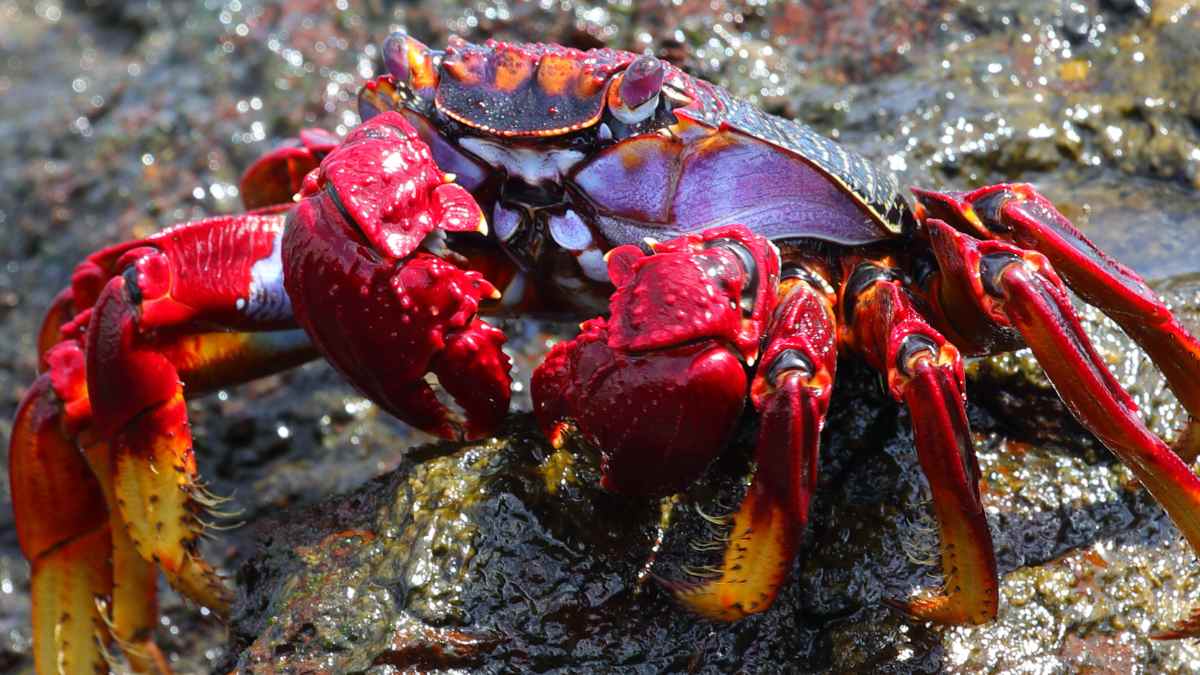Consuming lobsters and crabs in restaurants has become a very common practice in recent years. But have you ever wondered if they felt pain or fear as they were boiled alive until they reached your plate? A recent study has provided disturbing data, so experts recommend changing the way we consume these crustaceans.
Dr. Lynne Sneddon, a zoophysiologist at the University of Gothenburg, led an investigation that yielded very sad data. According to the data, these creatures experience discomfort in ways we have never fully understood before. As a result, they call for new ways to manage crabs and lobsters.
“If we want to keep eating them, we have to find less painful ways to kill them, because we now have scientific evidence that they experience pain and react to it,” says the scientist.
Basics of understanding crustaceans
These creatures first appeared during the Cambrian period, a time widely recognized as the “Cambrian Explosion”. This is a time in history when many important groups of animals emerged. Within this framework, the first crustaceans already showed the key characteristics that we recognize today. These included their hard exoskeleton, segmented body and jointed limbs.
Most have ten legs, often with claws or pincers, allowing them to move through their environment with ease. Their bodies are segmented into head, thorax and abdomen, and they have specialized appendages for walking, digging or swimming.
Their long evolutionary history has allowed them to diversify into thousands of species, adapting to a wide range of environments. They can be found in the deepest oceans to freshwater rivers, and even in some terrestrial areas.
Crabs: pain and perception
Until now, crustaceans were thought to feel pain, based mainly on observational studies. Researchers observed that crabs and lobsters, when exposed to potentially harmful stimuli, tried to avoid the danger of future encounters with such situations. This behavior led to the belief that they might be experiencing pain.
But the team at the University of Gothenburg went a step further. Through extensive research, they measured the brain activity of a shore crab with EEG-like recordings. In doing so, they were able to ascertain that they have some kind of pain receptors in their soft tissues. “We recorded an increase in brain activity when we applied a potentially painful chemical to their body tissues. The same occurred when we pressed various parts of their exoskeleton,” the experts said.
This finding suggests that crabs and lobsters have a pain signaling system, which is responsible for sending messages to their brains when they experience noxious stimuli. Interestingly, the pain response was shorter with physical stress. In contrast, with chemical stress it had a much longer lasting effect.
What can be done about it?
All this led the researchers to call for starting to be aware of crab and lobster consumption. The fact that they feel pain changes everything by complex. With this understanding, industries and regulators can work on a more humane method of handling and killing crustaceans.
This could involve developing new technologies or techniques to minimize the pain or distress of these animals. For their part, consumers also have a role to play. Supporting companies that prioritize humane practices and advocating for better regulation could encourage a shift toward more ethical treatment of crabs and lobsters.
The full study was recently published in the journal Biology (MDPI), a publisher of scientific journals.






